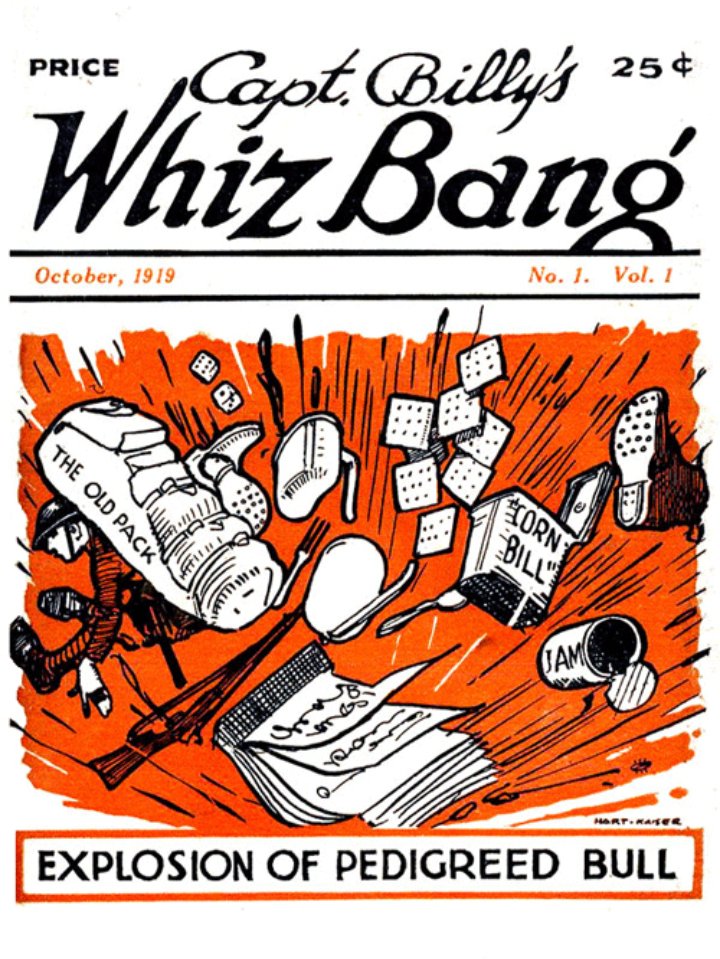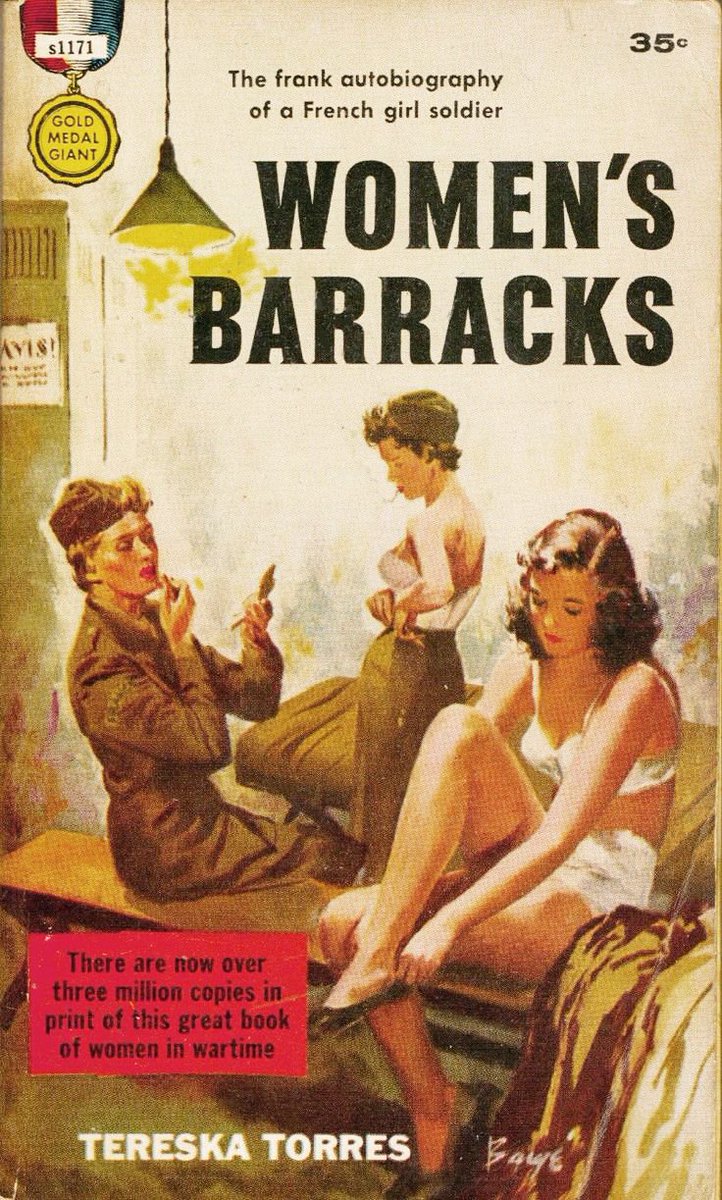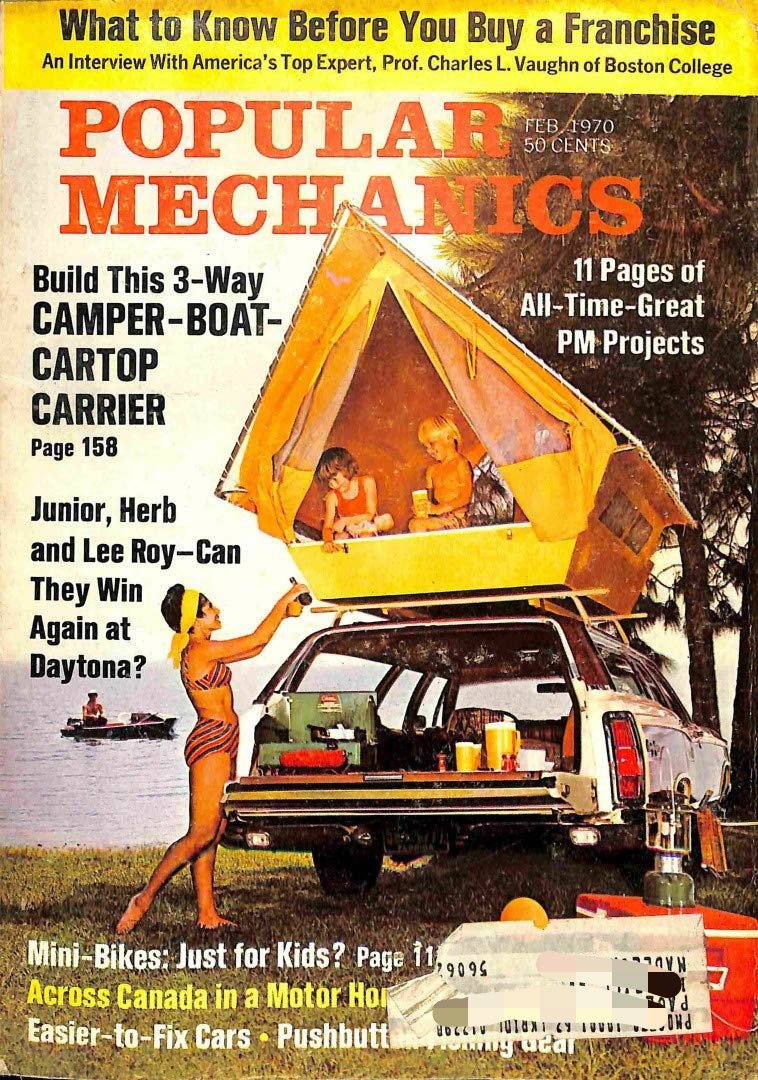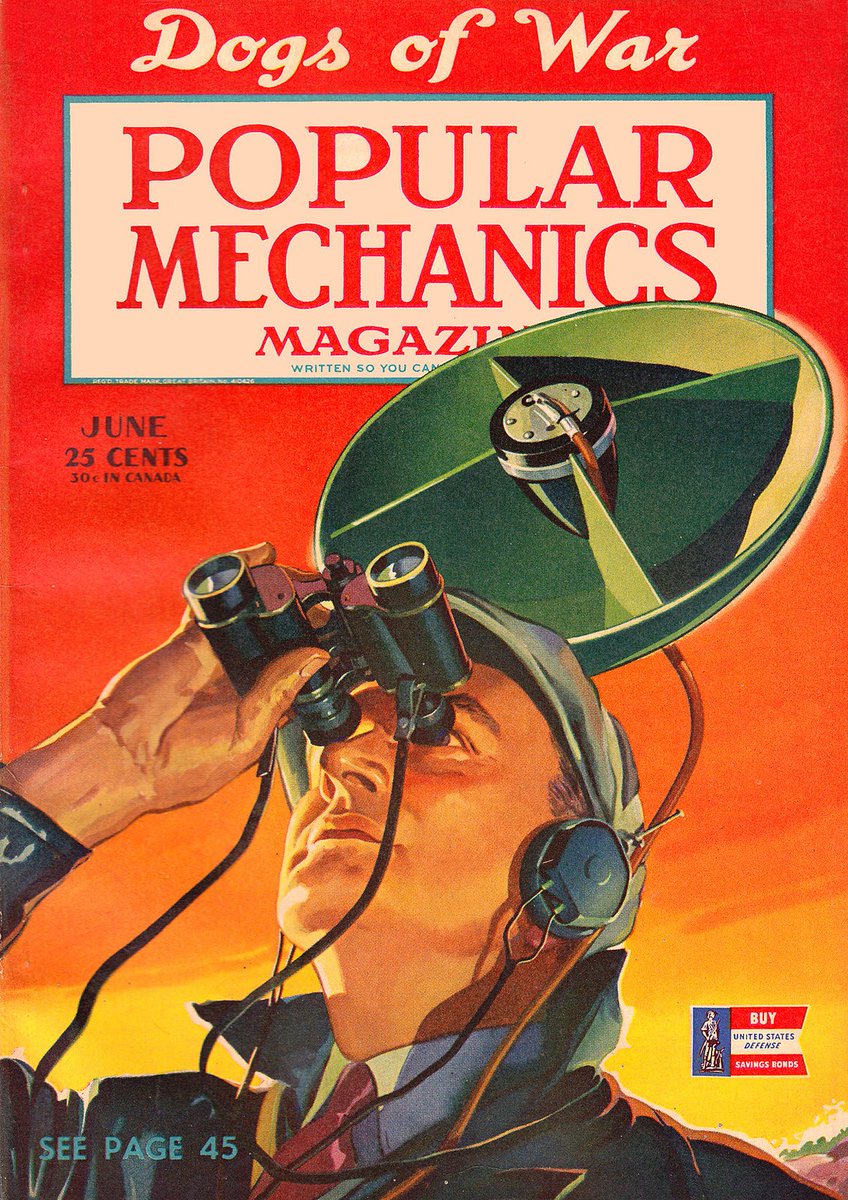
Today in pulp I look at a legendary magazine that built an equally legendary publishing house: a tale that starts with reveille and ends in revelry. Stand by your beds!
This is the story of Captain Billy's Whiz Bang...
This is the story of Captain Billy's Whiz Bang...

Captain Billy Fawcett was a U.S. Army captain during WWI, working on the military paper Stars and Stripes. After the war he ran a bar in Minneapolis until Prohibition shut it! So in 1919 he decided to publish a men's humour magazine, aimed at former Doughboys like himself. 

Working on Stars and Stripes, along with previous experience on the Minneapolis Tribune, meant Fawcett had a good idea what ex-servicemen wanted to read and how to write it. His title would also make it plain who his magazine was aimed at: Captain Billy’s Whiz Bang. 

Fawcett said that Whiz Bang – the sound an artillery shell makes – was “a continuation of the pep and snap we got in the army” intended to give Doughboys something to laugh about. It would mix rude jokes, ribald tales, bawdy poems and saucy scuttlebutt into a 64 page periodical. 



Fawcett and his family financed and produced the first issue of Whiz Bang themselves, giving copies to veterans and selling remaining issues at newsstands and outside baseball games. Word of mouth fuelled sales and by 1920 Fawcett realised he had a hit on his hands. 

Whiz Bang was loosely about Fawcett’s farm, with gags about the people who worked there and their contrived adventures. But it also featured scandalous Hollywood gossip from the LA ‘reporter’ Richmond and travel tales from far-flung fleshpots by the Rev. Golightly Morrill. 



A lot of Whiz Bang’s success lay in its short, snappy and saucy features. Smokehouse Poetry featured rude rhymes whilst reader’s letters were edited by Pedro the Bull. Each edition also began with ‘Drippings From The Fawcett’ – an editorial essay from Captain Billy himself. 



Whiz Bang’s humour reflected the concerns of Prohibition America: where to get a drink, why skirts were getting shorter, what you had to do to get a date nowadays. Its motto was “An explosion of pedigree bunk!” which it unfailingly delivered to over 400,000 readers at its peak. 

However times change, and after the Wall Street Crash came the Great Depression: the appetite for saucy digest magazines ebbed and Captain Billy’s Whiz Bang eventually ceased publication in 1936. However its success had established Fawcett as a major player in pulp. 

Captain Billy's Whiz Bang allowed Fawcett to create a publishing empire, launching over 50 magazine titles including True Confessions and Mechanix Illustrated. Fawcett Comics was launched in 1940, introducing Captain Marvel and Captain Video to the world. 







Just as influential was Fawcett Gold Medal books. Launched in 1950 it was the first company to publish original titles in paperback form, transforming the pocketbook market with a mix of hardball and steamy titles. It also published Women’s Barracks, the first lesbian pulp novel. 

Captain Billy's Whiz Bang reflected the openness and scandalous nature of post-WWI America. It launched a publishing behemoth and was famously immortalised in The Music Man: Not bad work for a Doughboy!
More stories another time...
More stories another time...

• • •
Missing some Tweet in this thread? You can try to
force a refresh




























